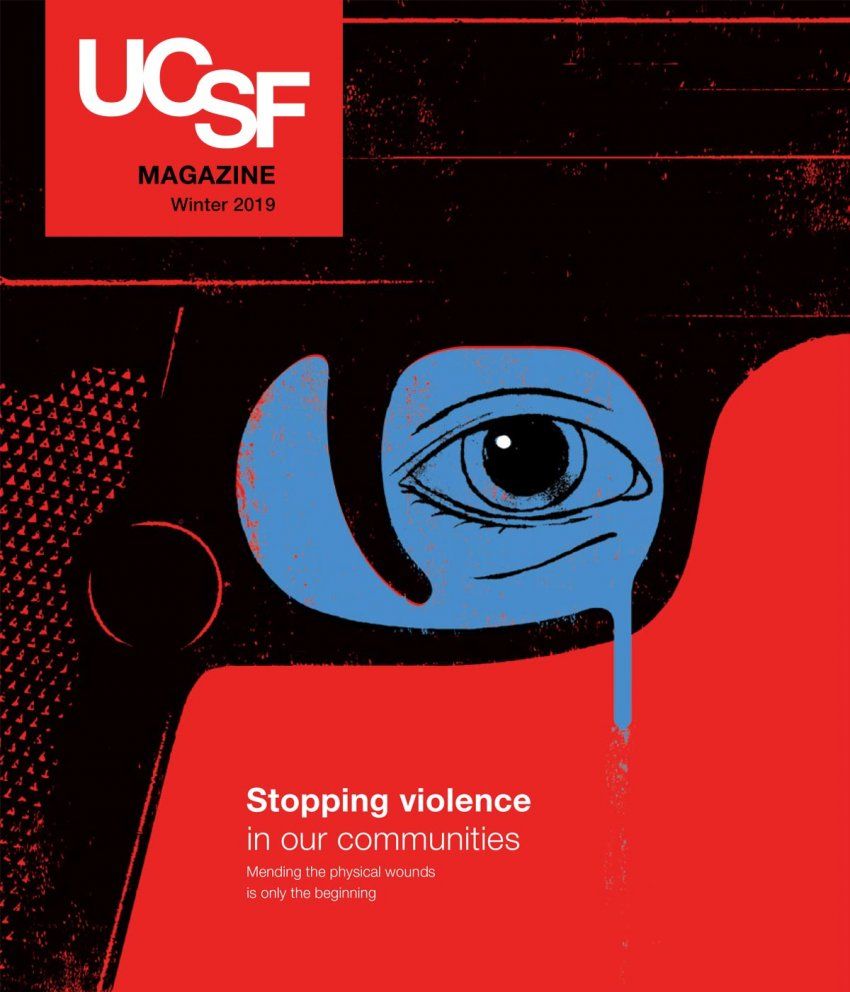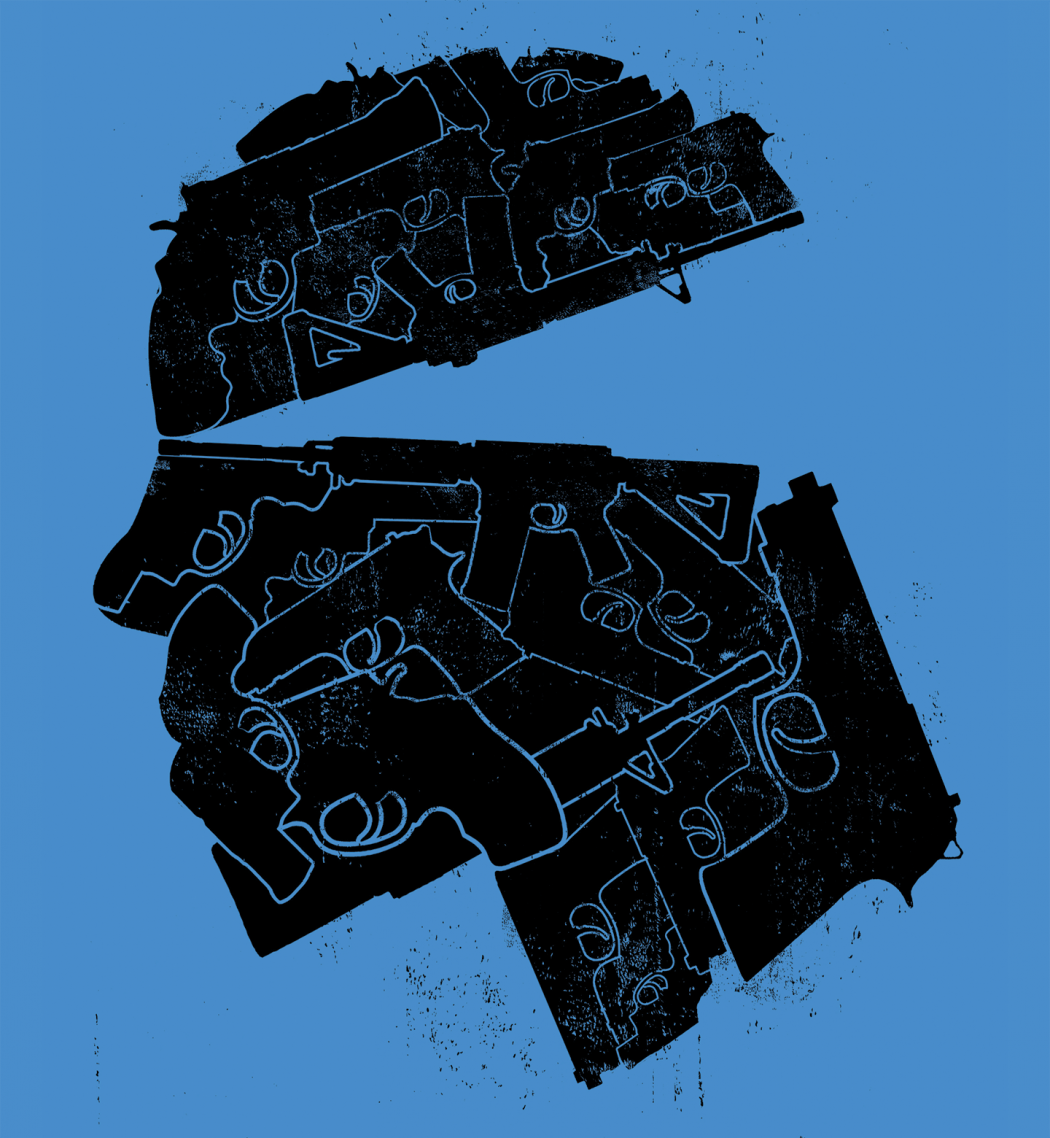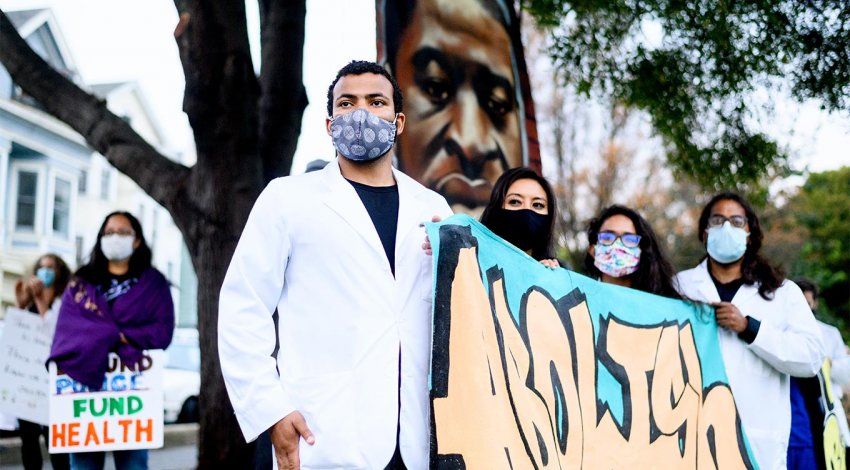
“The only way to stop violent injury is to reframe it as a disease and a crisis of public health,” insists Catherine Juillard, MD, MPH, director of UCSF’s Wraparound Project through late 2018.
The lives the project has saved in San Francisco prove her point: Violence can be addressed, treated, and prevented. Yet the scale of violence nationwide is gargantuan. Homicide is the number one killer of African-American men and the number two killer of Hispanic men in this country. “Any time in public health when you see negatives that are not evenly distributed amongst populations, there are risk factors there that need to be identified and addressed,” says Juillard. “Study after study shows that the risk factors for violence are low socioeconomic status, poor educational attainment, and being exposed to violence at a young age.”
Diabetes, heart disease, cancer – all of these diseases happen disproportionately to the same communities that are affected by violence. It’s like a snowball.”
Rochelle Dicker, MD, Wraparound’s founder, and Juillard are both proponents of evolving medical education to address the social determinants of health. “I am constantly amazed by the challenges our clients face that people with higher socioeconomic circumstances do not: growing up in abject poverty; not having parents; being intermittently homeless; trying to stay in school but having no support; having relatives with chronic diseases who are constantly in and out of care and not able to really be a source of support for them,” says Juillard. “Diabetes, heart disease, cancer – all of these diseases happen disproportionately to the same communities that are affected by violence. It’s like a snowball.”
Guns are an obvious common denominator of violent injury, and Dicker and Juillard both support proposed laws that would reduce the incidence of gun violence – like background checks and fingerprint activation.
Juillard was on duty the day a woman snuck into YouTube’s headquarters in San Bruno, shot three people, then killed herself. Those three victims, who all survived, arrived in the Zuckerberg San Francisco General Hospital trauma bay.
“The press descended, as they always do when white people are getting killed,” Juillard says. “Yet yesterday we had five shooting victims here, not white.... It’s like a mass shooting playing out every day in some neighborhoods, just in slow motion. Yet that is somehow expected. Violence has been silently normalized by our culture in certain communities. Violence isn’t normal, not for anybody.”





